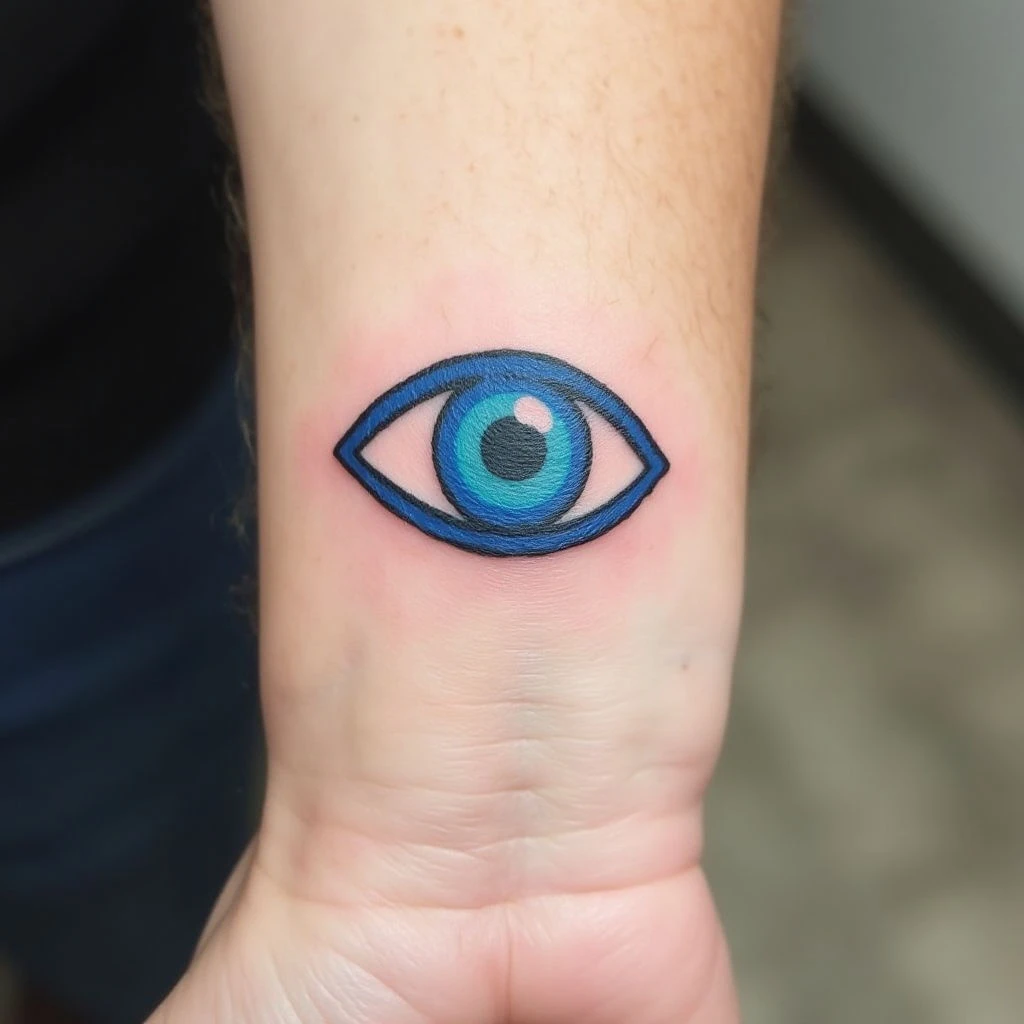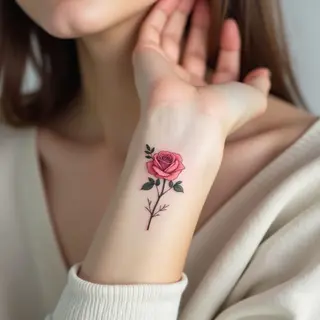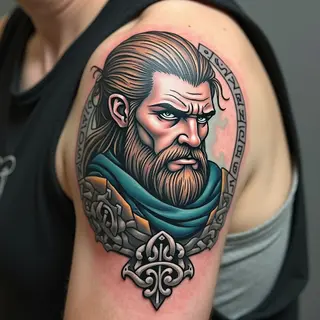The Story Behind the Evil Eye Tattoo: Protection, Symbolism & Design
The evil eye tattoo isn't just a trendy choice; it’s rooted in ancient traditions and carries deep meaning. From the Mediterranean to the Middle East, this symbol—often called ‘nazar’—is believed to offer protection from negativity and ill wishes.
A Long History of Safeguarding
The idea behind the evil eye goes way back, thousands of years. People originally used stones or glass to reflect harmful energy. Now, you see it everywhere—jewelry, home decorations, and especially as tattoos.
What Does an Evil Eye Tattoo Really Mean?
At its heart, an evil eye tattoo is a personal shield against negativity. But it can also represent so much more.
-
Good Luck
Many people believe wearing the evil eye attracts positive energy and good fortune into their lives.
-
Protecting Loved Ones
It’s a common gift to give family members, especially children, as a way of ensuring their safety and well-being.
-
Facing Challenges
It serves as a reminder to stay strong and resilient when facing difficult times—a visual cue to persevere.
Design Ideas & Placement Options
Evil eye tattoo designs are incredibly versatile, allowing for a lot of personal expression. Here are some popular approaches.
-
Traditional Nazar Boncuğu
The classic blue bead design is instantly recognizable and offers a timeless look. It’s simple, yet powerful.
-
Geometric Combinations
Adding geometric patterns around the eye creates a more modern and artistic feel. Think clean lines and interesting shapes.
-
Floral Accents
Combining the evil eye with floral elements adds a touch of femininity and beauty. It softens the design while retaining its protective meaning.
Where you place your tattoo is personal, but popular spots include the wrist, ankle, behind the ear, or upper arm. Consider how visible you want it to be and what feels right for you.


